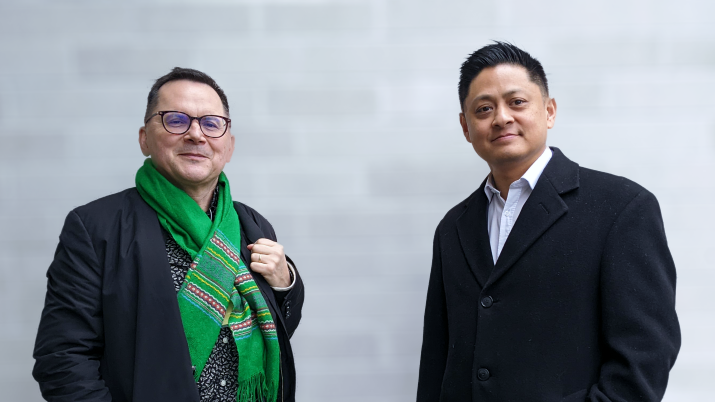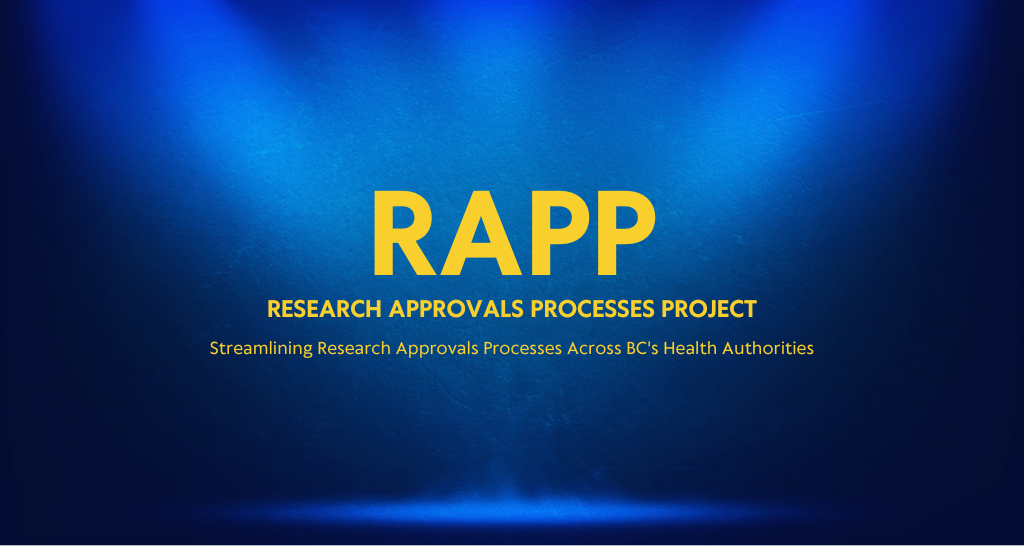Beyond pronouns and rainbow logos
29 September 2021
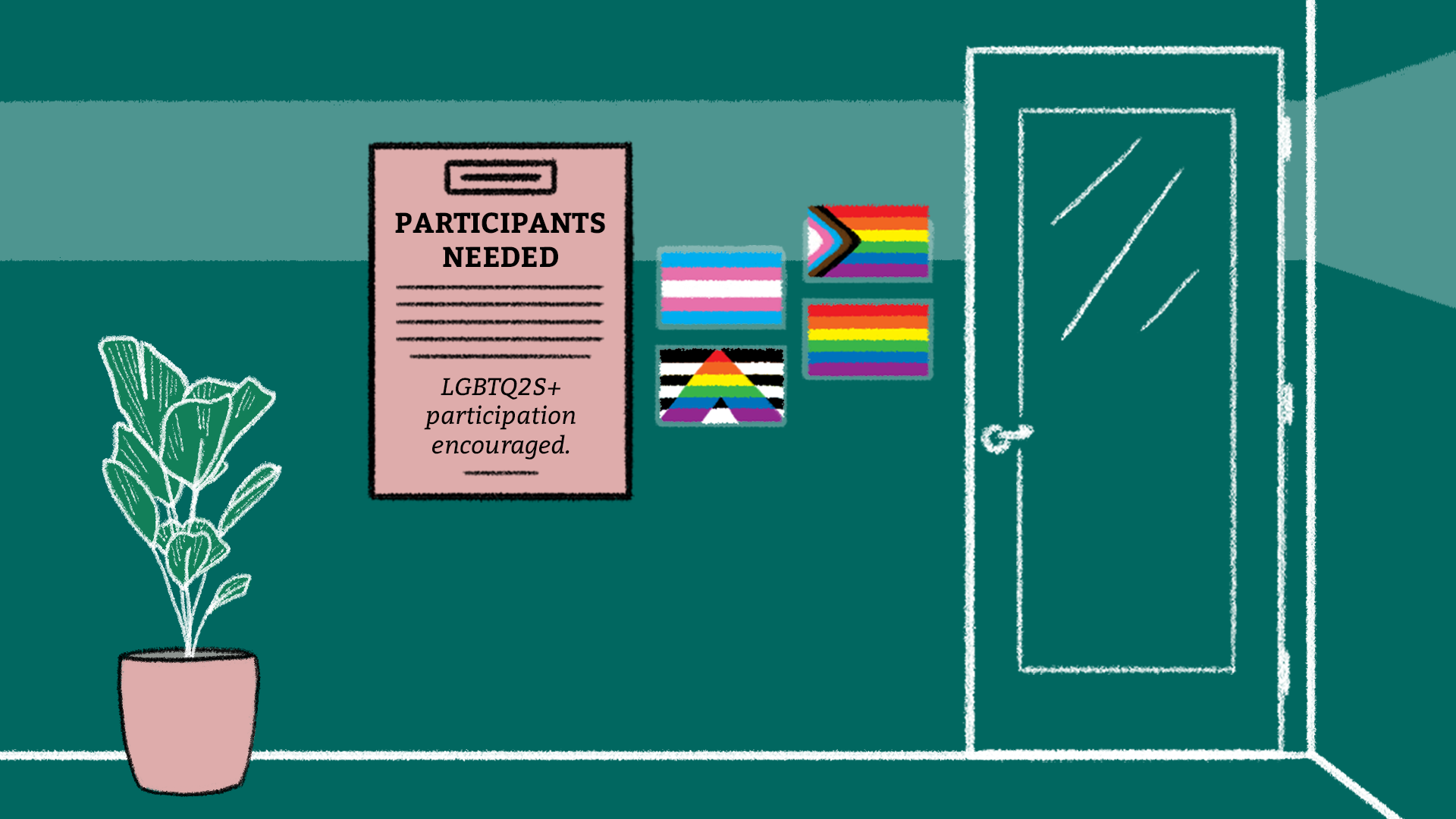
How do you know you’re ready to engage with LGBTQ2S+ folks?
At the Methods Clusters, we’re trying to do ‘diversity’ in patient-oriented research better. Many of the Methods Clusters projects are committed to improving diversity in research engagement and improving health outcomes for diverse groups.
In one project (which Erin Michalak explained in the previous Methods Section blog post), teams created video modules discussing best practices for engaging d/Deaf, disabled, immigrant, refugee, racialized and ethnocultural, rural and remote, and LGBTQ2S+ patients. Your blog writers (hi!) were two of the writers on the LGBTQ2S+ module, which we’re discussing right here, right now!
We’re proud of the work we did, and we think we’ve created a great resource for teams interested in, but unsure of how to engage with LGBTQ2S+ patient partners—and a great resource for teams who are already engaging LGBTQ2S+ patient partners to double-check and potentially improve their current practices.
But before we invite researchers to engage with diverse groups and use the tools we have created, we first need to ask, “are you really ready?”
Assessing readiness
You’re probably thinking — “Of course (emphatically) I welcome and accept LGBTQ2S+ people.” (hopefully.) You might even be thinking — “of course I know how to engage LGBTQ2S+ people, I am one!” or, “my friend/partner/child/parent/co-worker is one!”
But we know we’re not there yet as a culture; there is always more work to do, to update our infrastructure, processes and organizations to keep up with and align the values we hold today.
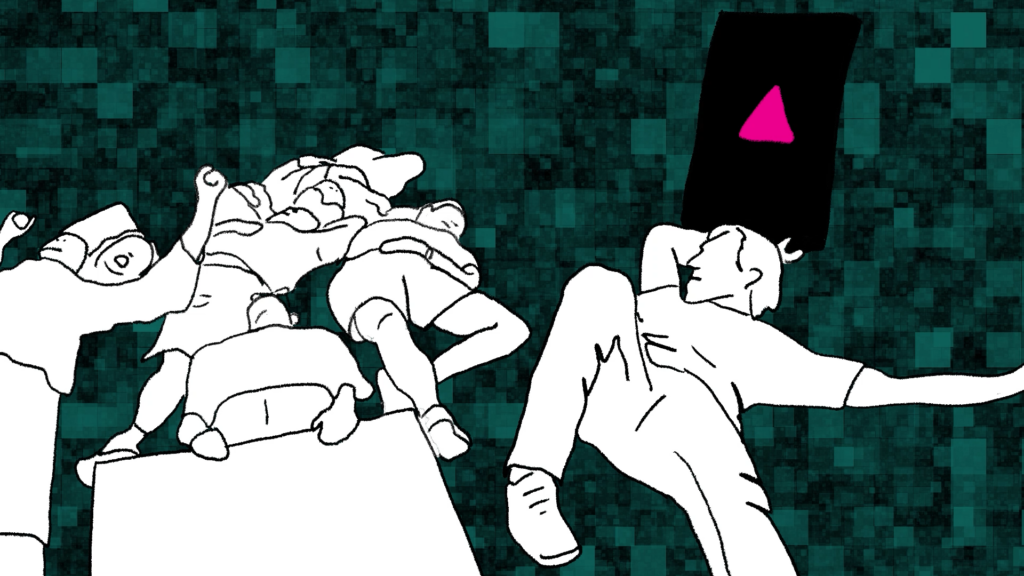
If we and our spaces are not truly ready, we risk inviting patients into spaces of discomfort, inequity and harm.
So how will you know you’re truly ready to engage; and, if our organizations are ready too?
Readiness is…
Well, being “ready” is more than displaying your pronouns or making a rainbow logo.
Knowledge
It’s seeking out, gaining, and holding knowledge — about identities and terms, but also histories and current contexts. Histories and contexts not only of LGBTQ2S+ communities, but other communities too — d/Deaf; disabled; Indigenous; immigrant, refugee, racialized and ethnocultural; rural and remote; and more — because LGBTQ2S+ people are multifaceted and will hold multiple identities that all need empathy and understanding.
Empathy and Humility
It’s having an approach of empathy and humility, and being okay with — or even welcoming — discomfort: a willingness to be wrong, to apologize for and own your mistakes and the mistakes of your organization, and repair.
Accountability
It’s having structures and leadership within an organization that hold us accountable, that listen for and respond to areas of harm; that implement ideas for change — being aware of existing barriers; and having inclusive and respectful paperwork; gender-neutral washrooms, affirming signage, and clear anti-discrimination policies.
Ongoing support
It’s welcoming and LGBTQ2S+ people as researchers, management, and staff, to better integrate these perspectives in to your organization — and supporting them and their communities with fair wages and networked opportunities.
Safety first
It’s cultivating safer spaces; and applying trauma and resiliency informed practices and principles.
One useful tool to check your organization’s current readiness is this survey developed by Mind Map BC (starts at, “Tell us more about your work!”)
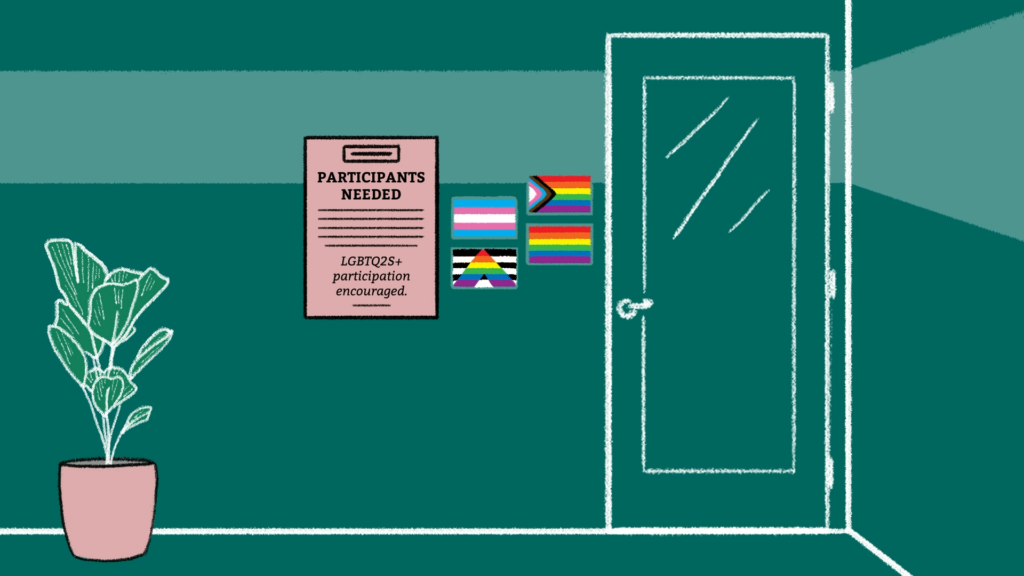
Readiness is ongoing
There’s a minimum an organization can strive to before it can say it’s “ready”: if your staff is not willing to acknowledge and respect clients’ or team members’ relationships or genders, for example, there’s clearly some work to do.
Remember: one negative experience can drive someone away from health research forever. For this reason, and for the safety of your team members, it’s very important that we avoid these highly negative experiences.
But, readiness is also ongoing. No organization and no person will be perfectly “safe.” We can all strive to become safer.
One key way to do this is to deliberately shift the way we think of “capacity” in research partnerships: from “capacity building”, to “capacity bridging” — a term coined by Indigenous researcher Charlotte Loppie and team.
This means recognizing the knowledge and skills that all your team members bring to your team — including, and especially, patient partners’ knowledge and skills.
Researchers contribute through their many years of scientific training and experience in research. Staff have specialized skills and experience in their own fields. Patient partners have experience and skills from their own living and working experiences. LGBTQ2S+ people can contribute experience and skills from their living experience being non-cis and non-straight — that is, when they are willing to share this part of themselves with their teams. This requires spaces that are accepting and respectful, and responsive to and appreciative of these contributions (and don’t ‘tokenize’ them — i.e., only see them as a source of these contributions).
In short, for LGBTQ2S+ people to feel safe to contribute their non-cis and non-straight perspectives, this requires spaces that are actively working towards their safety.
Readiness makes research better
One negative experience can drive someone away from health research forever, but a series of positive ones can build knowledge, activate resiliency and bring opportunities to them — and the people around them.
On a research team, we’re a team. We are coming together, contributing through our own lenses and perspectives. So, let’s make spaces where this can truly happen, where all forms of experience are embraced and cherished.
This helps us continue to learn, as people, and as teams and organizations. And so, it helps us do better research, together.
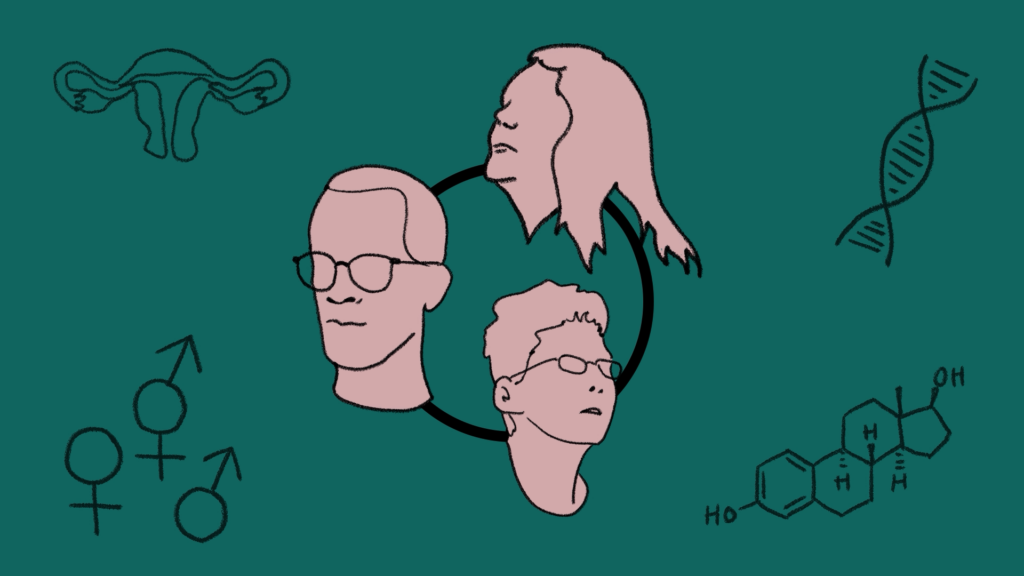
Watch “teaser” videos for the six modules below (primer; immigrant, refugee, racialized & ethnocultural; LGBTQ2S+, rural & remote; d/Deaf; disabled):
The Methods Clusters project studied the way that patient-oriented research is done, and how it could be better. In a series of blog posts, team members wrote about their work, what they learned and the best ways to engage patients in health research design. The BC SUPPORT Unit provided funding for the project.
This blog post was written by Bev Pomeroy and Linnea Ritland.



